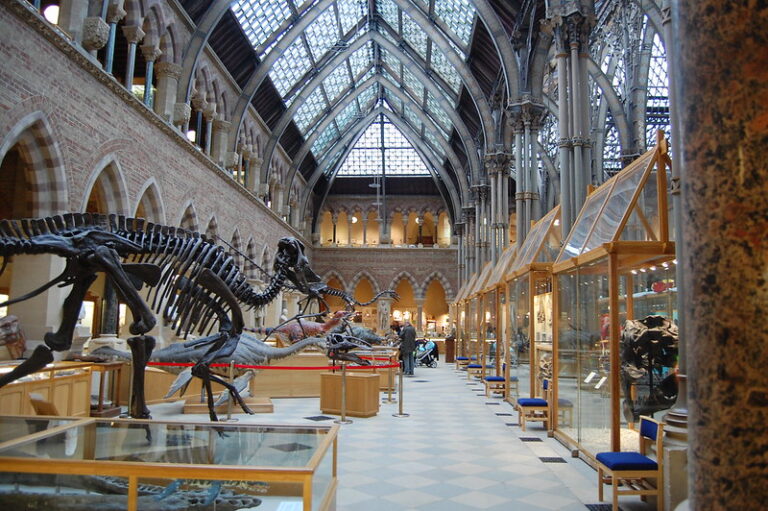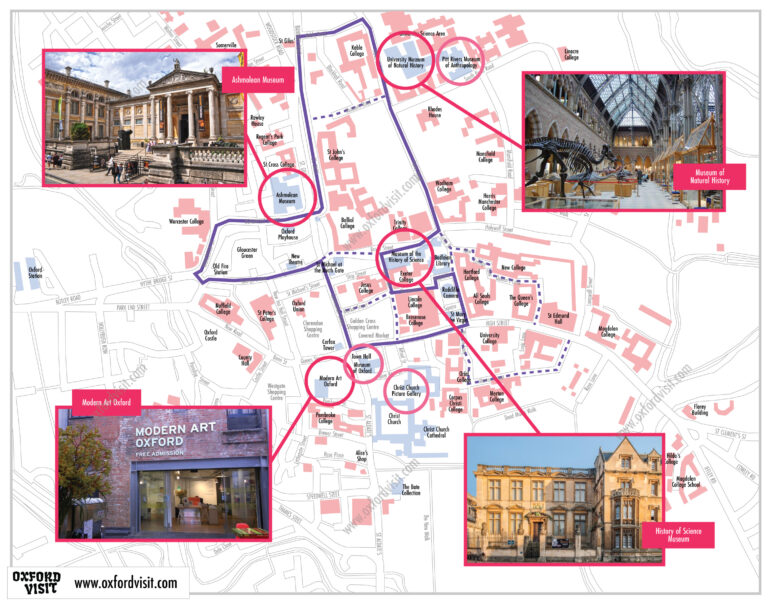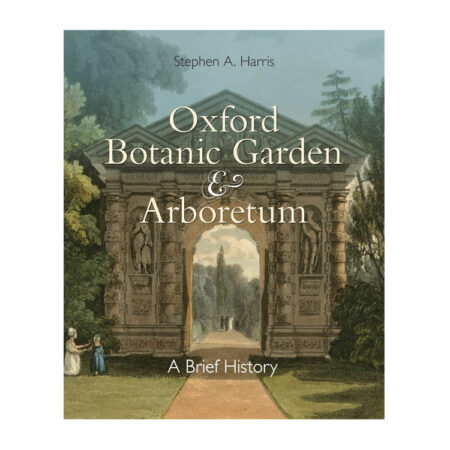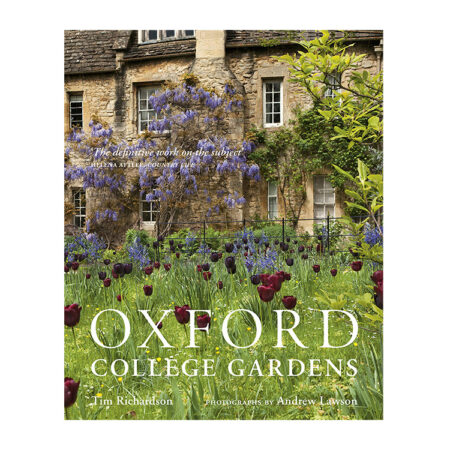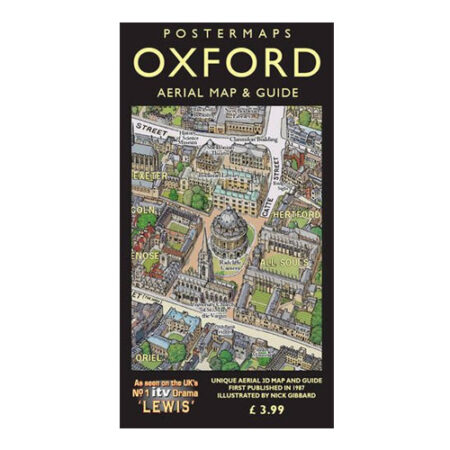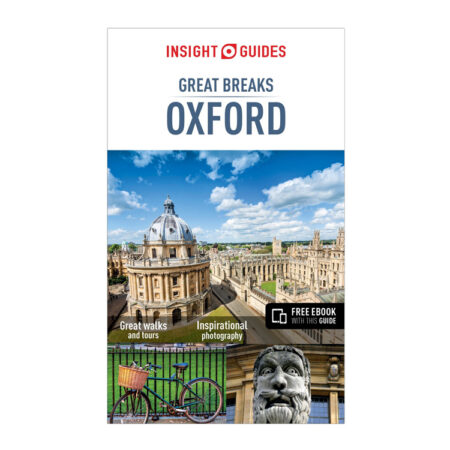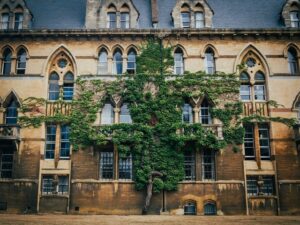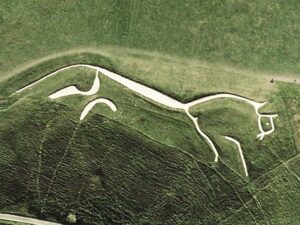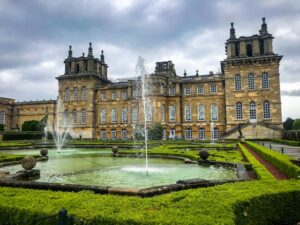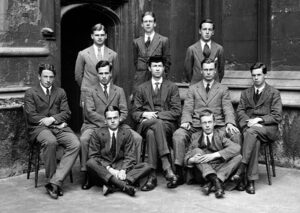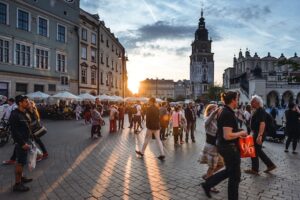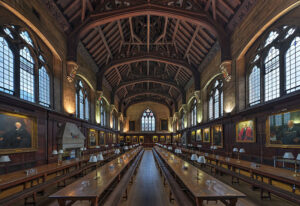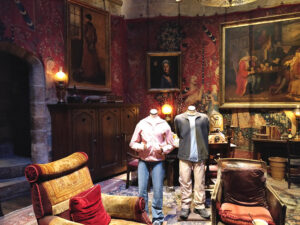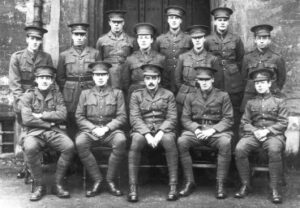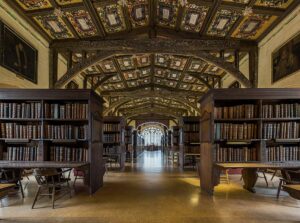If you enjoy visiting museums, then Oxford is the perfect destination. Here, you will find some of the best in the world, including the Ashmolean (Brit’s first public museum and a mecca for art and archaeology lovers), the Natural History Museum, and the History of Science Museum – all of which offer memorable experiences for people of all ages. In this article, I’ll tell you everything you need to know about visiting Oxford’s museums, including a handy map for planning your own self-guided visit.
Oxford Museums Free Self-Guided Walking Tour
Let’s start with a quick summary of what you can see in this image. There are two main components to this free self-guided walking tour covering Oxford museums (long name, I know!):
In purple: This is the path I would recommend you follow to see the best of the city AND the most recommended museums in Oxford. If you want to learn more about this path, you can check my other (and way more thorough) self-guided walking tour guide, which you can use to get to know Oxford at your own pace.
In pink (or fuchsia, really): These are the best museums. I’ve included a few pictures for the four most popular ones (Ashmolean, Natural History, Modern Art, and Science Museum) and also added some smaller circles of other museums you can visit if you have time. These are a little more specific. For example, Pitt Rivers is an anthropology museum and Christ Chuch picture gallery is, as its name indicates, an art gallery.
Here are the basic instructions for doing the walking tour, including the attractions you can see as you move from museum to museum:
- We’ll start at St Michael at the North Gate, on Cornmarket Street. One interesting fact: This was the city limit when Oxford had a wall around it.
- Walking down Cornmarket Street, the central commercial vein, check out 24-26 Cornmarket Street, the beautiful 14th-century house right across the tower.
- Keep down the road and you’ll get to the Covered Market; turn left to get to the Oxfordian landmark of excellence, the Radcliffe Camera library. Don’t miss, to your right, the Church of St Mary the Virgin, and to the left, the Bodleian Library.
- Turn left again after you exit to visit the Sheldonian Theatre and Trinity College.
- Walk up to Corn Steet and turn left again, so you can enjoy a pleasant stroll up Parks Road.
What You Shouldn't Miss in This Self-Guided Oxford Museums Walking Tour
I’ve chosen the “best” Oxford museums based on three things. First, their cultural and historical importance. Second, how popular they are for visitors. And third, how much I like them myself! So, let’s see what you can encounter as you walk the city at your own pace.

Modern Art Oxford
Modern Art Oxford is a contemporary art space with exhibitions, events, projects, and online activities in the city of Oxford.
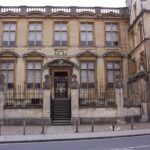
History of Science Museum
The History of Science Museum holds a large collection of scientific instruments ranging from Middle Ages to the 19th century.
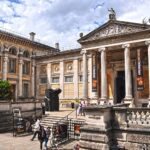
Ashmolean Museum of Art and Archaeology
The Ashmolean Museum of Art and Archaeology in Oxford is Britain’s first public museum. It was founded in 1683.
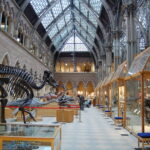
Oxford University University Museum of Natural History
The Oxford University Museum of Natural History or OUMNH displays many of the University of Oxford’s natural history specimens.
And here are the other museums you can visit when you’re in Oxford and doing your own free self-guided walking tour of the city and its sorrounding areas:
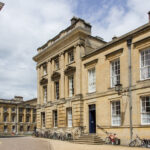
Christ Church Picture Gallery
Christ Church Picture Gallery is an art museum holding an important collection of about 300 Old Master paintings.
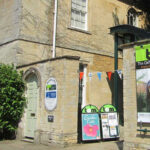
The Oxfordshire Museum
The Oxfordshire Museum is located in Woodstock and tells the story of the County of Oxfordshire through galleries and exhibitions.

The Story Museum
The Story Museum in Oxford has immersive exhibitions and gallery spaces. They do events and outreach work to celebrate stories.
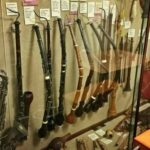
Bate Collection of Musical Instruments
The Oxford Bate Collection is the most comprehensive collection of European woodwind, brass and percussion instruments in Britain.

Museum of Oxford
The Museum of Oxford is dedicated to telling the story of the city and its people. It has classical and modern art, artifacts, and tools.
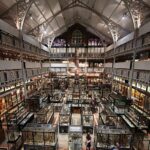
Pitt Rivers Museum
The Pitt Rivers Museum displays the archaeological and anthropological collections of the University of Oxford.
Un-Missable Stops in an Oxford Walking Tour
As I mentioned, I have this other self-guided walking tour that includes colleges, parks, shops, and other points of interest. Below, you’ll find some of the most popular Oxford attractions and how to visit them.
Oxford Colleges
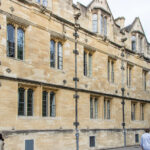
St John’s College
A constituent college of the University of Oxford, St John’s College was founded in 1555 as a men’s college but turned coeducational later.
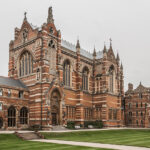
Keble College
Keble College is one of the University of Oxford’s constituent colleges. It is located on Parks Road, opposite the University Museum.
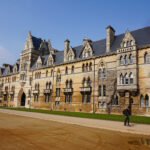
Christ Church College
Christ Church is college of the University of Oxford. It was founded in 1546 by King Henry VIII and is one of the larger colleges.
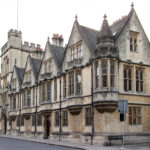
Brasenose College
Oxford University’s Brasenose College (BNC) was founded in 1509 and is home to one of the oldest rowing clubs in the world.
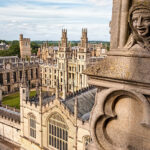
All Souls College
All Souls College is a constituent college of the University of Oxford. It was founded by Henry VI and it has no undergraduate members.
Oxford Libraries
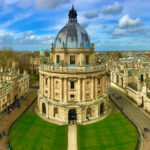
Radcliffe Camera
Radcliffe Camera is a neo-classical style building inside Oxford University, built from 1737 to 1749 for the Radcliffe Science Library.
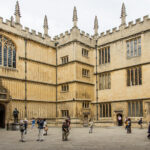
Bodleian Library
The Bodleian Library is one of Oxford’s most famous landmarks. Among the oldest in Europe, it’s easy to visit and incredible to see.
Oxford Shops

Blackwell’s Bookshop
Blackwell’s Bookshop first opened its doors in 1879, on Broad Street, Oxford. They have been trading continuously from there ever since. The History of Blackwell’s Bookshop The first Blackwell’s Bookshop

The Shop of Secrets
The Shop of Secrets is Oxford’s chamber of Harry Potter collectibles and merch. A shopping must-to in the city, this is why you should visit.
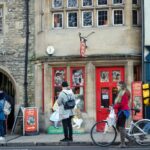
Alice’s Shop
Alice’s Shop is a little shop placed exactly where Alice Liddell (the “real” Alice that inspired the books) used to buy sweets.
Parks and Meadows
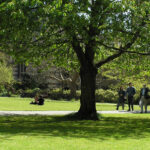
Oxford University Parks
Oxford University Parks (or University Parks) is a large park area northeast of the city. The park is open to the public during the day.
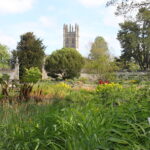
Oxford Botanic Gardens & Arboretum
The Oxford Botanic Garden is the oldest botanic garden in the UK. It was founded in 1621 and holds unique and important species.

Port Meadow
Port Meadow is a large open space in the north of Oxford. The River Thames flows through its heart and the plains are home to many animals.
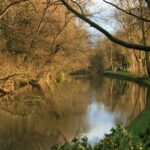
Christ Church Meadow
Christ Church meadow is open to the public all year round. This open space in the heart of Oxford is an ideal choice for recreation.
